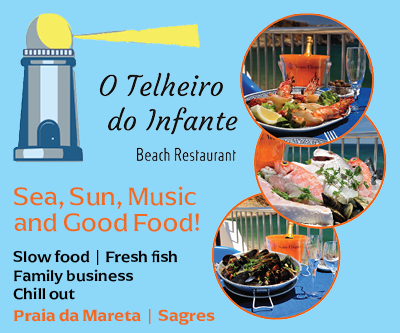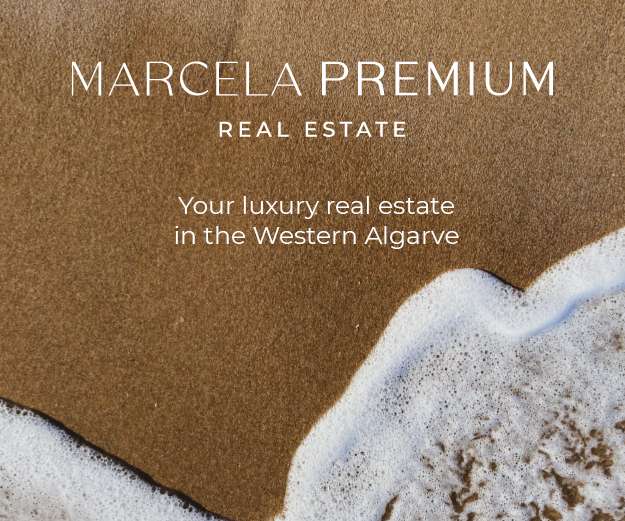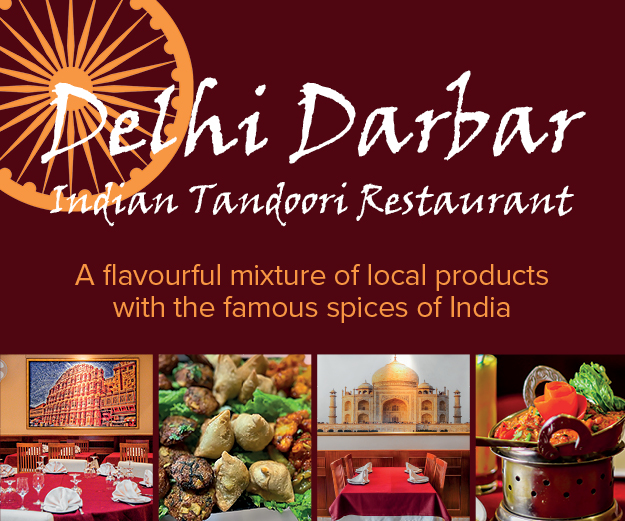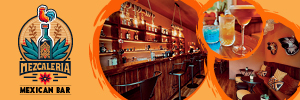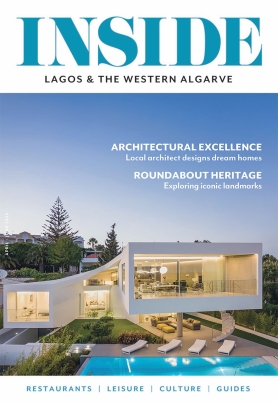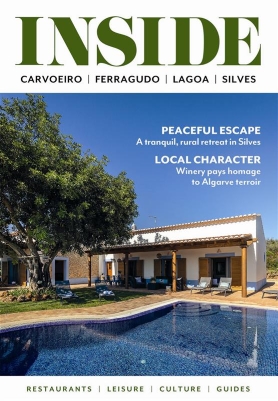A project inviting visitors to “explore the city and discover all the hidden fish”, inspired by the traditional fish stew “caldeirada”
– April 8, 2024 | Text Alexandra Stilwell | Photos @Natty_Peach / Natty Peach
![Portimão’s [Cal-Day-Rah-Dah] interactive mural mixes food, art and culture - Peixe Porco](https://www.inside-algarve.com/wp-content/uploads/2024/04/Peixe-Porco-1024x731.jpg)
Following the success of last year’s Março Jovem initiative, MODO Association will continue to paint its [Cal-Day-Rah-Dah] – the phonetic pronunciation of “caldeirada”, the traditional Algarve fish stew – interactive mural.
Recently, the organisation added four new fish used in the traditional stew recipe “to increase the presence and visibility of the project in Portimão”, said the Municipality.
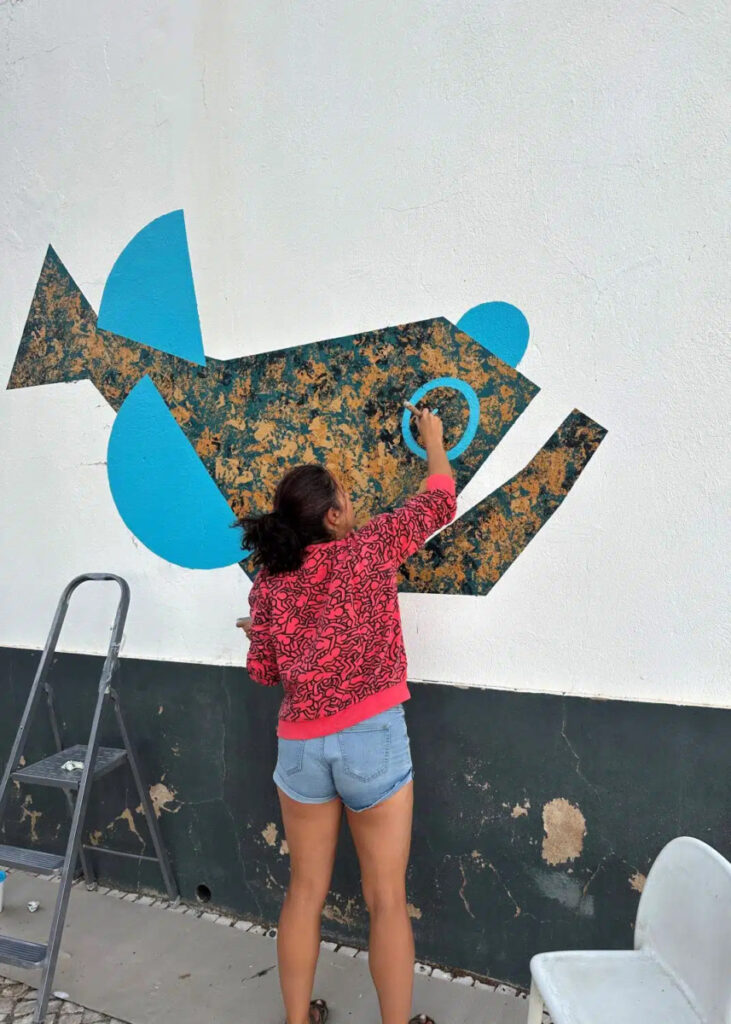
With the creation of new images in various public spaces, the interactive mural will become a fun game, inviting visitors to explore the city and discover all the hidden fish.
Each image has a QR code, which reveals information about the illustrated species, the recipe for the dish and clues to other examples.
![Safio - Portimão’s [Cal-Day-Rah-Dah] interactive mural mixes food, art and culture](https://www.inside-algarve.com/wp-content/uploads/2024/04/Safio-731x1024.jpg)
Responsible for the project’s artistic direction and management, Inês Barracha was born in Portimão and works professionally as an art director, curator, designer, teacher, illustrator and artist. She describes herself as a “creator of things, moved by matter, colour, energy”, for what she “recycles, transforms, mixes, shapes, paints, designs, in a close relationship with the body, with others and with life.”
For [Cal-Day-Rah-Dah], Inês collaborated closely with Rita Barracha, UX designer and creative interactivity strategist, also born in Portimão and currently residing in Switzerland, and biologist Ana Marta Costa, who has a Master’s Degree in Resources Marine – artisanal fishing, and who provided references and scientific facts about the fish represented.
A “caldeirada” is a Portuguese expression that can be used to describe a mixture or “hodgepodge”, in allusion to the typically Algarvean fish dish that gives it its name. This dish, which was cooked by fishermen, is traditionally made with fish of low commercial value, resulting in a delicacy much more valuable than the simple sum of its parts, and therefore used as a metaphor for the project, not only because it was born from the sea, but also as a comparison with the rich mix of influences that coexist in the Algarve’s culture, left both by the people who passed through the region, as well as by immigrants and the many tourists who visit.



